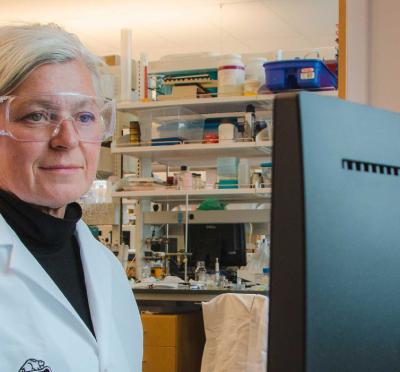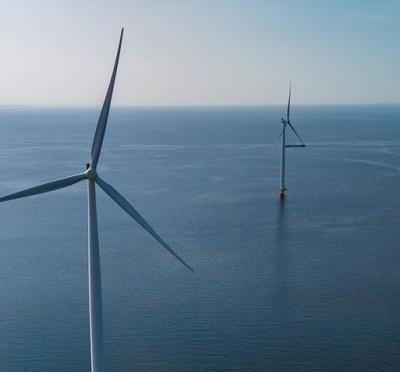Water, energy, and agriculture form the bedrock of civilization. While many technologies have advanced these components separately, few have aimed to address all three simultaneously.
Agrivoltaic technology promises to improve food production and reduce water use, while also generating energy. The idea is to place solar panels on land where crops are grown, allowing farmers to harvest the power of the sun twice.
Solar panels can be positioned to allow plants just the right amount of sunlight throughout the day, so the excess can be harvested for electricity. Metering sunlight also reduces the plants’ need for water. The plants, in turn, help keep the solar panels cool, enabling them to produce up to 10% more electricity.
This electricity can be used to power electric tractors and other equipment, as well as precision agriculture technology that helps further reduce water usage. Surplus energy can be stored in battery banks or sent to the grid for consumer use.

farm outside of Portland.
A recent study led by Chad Higgins, associate professor of biological and ecological engineering, estimates that converting just 1% of American farmland to agrivoltaics could meet the nation’s renewable energy targets. Making this transition could create new revenue opportunities for family farms facing steep economic challenges — evidenced by a 23% increase in bankruptcy filings over the past year.
Agrivoltaic principles will be put to the test for the first time on a 5-acre working farm at Oregon State’s North Willamette Research and Extension Center in Aurora, 20 miles south of Portland. The $2 million project is funded by grants and donations from the Roundhouse Foundation, Oregon Clean Power Cooperative, and Portland General Electric.
The problem with agrivoltaics research to date, Higgins said, is that it has relied on solar arrays that were not designed for use in combination with agricultural activity, such as growing crops or grazing animals. The solar array at the extension center is designed specifically for agrivoltaics research, with its panels more spread out and able to rotate to a near-vertical position to allow farm equipment to pass through.
“There has been a huge increase in interest in agrivoltaics just in the past few years,” said Higgins, who is leading the effort. “It’s clear that agrivoltaic projects are going to happen, but people want to know where to build these projects and how to design the systems to get the greatest return. Those are types of questions we will address with this project.”



